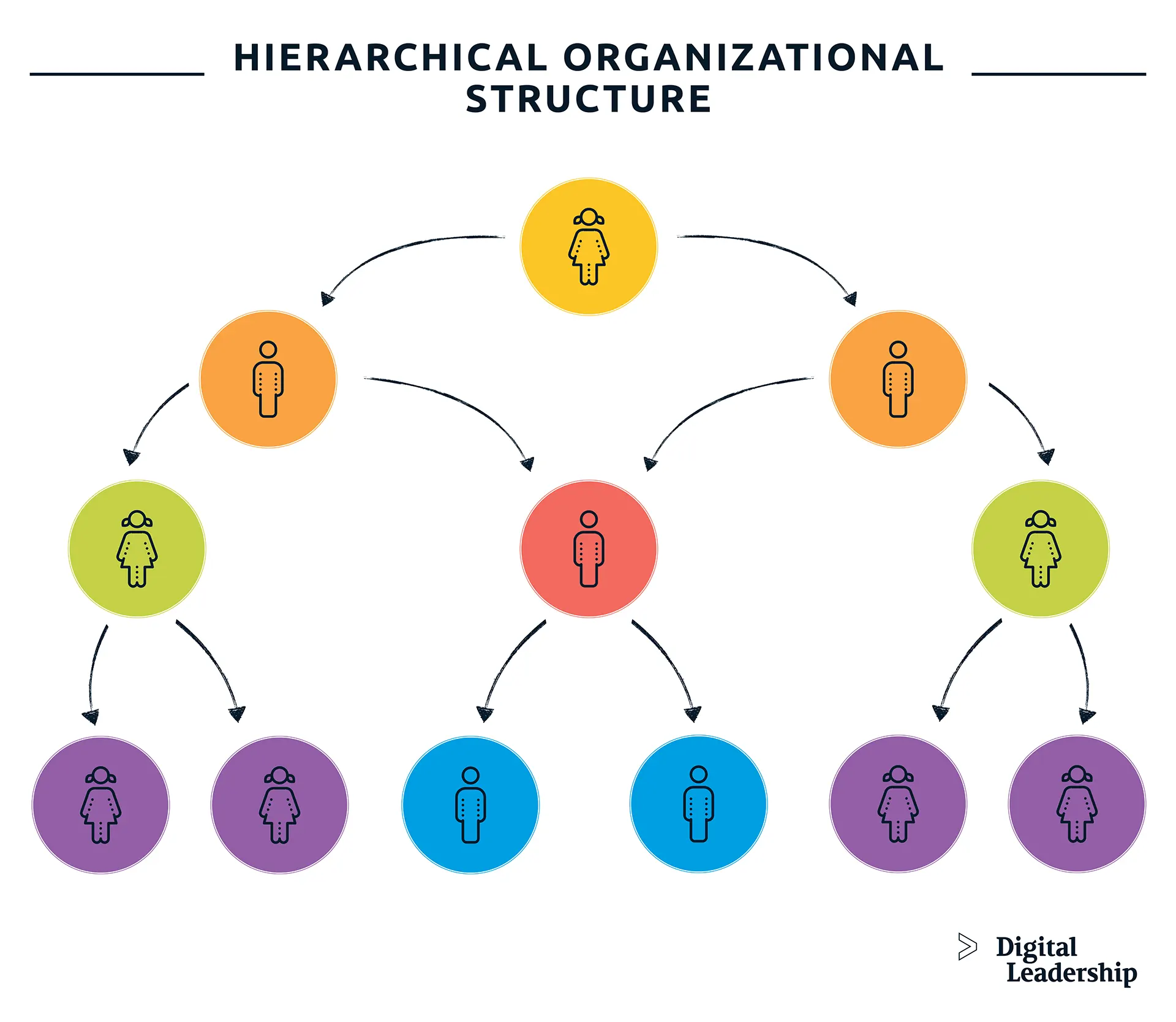Step-by-Step Guide to Lead Training

Lead training is essential for developing effective leadership skills that drive team success and organizational growth. This guide provides a detailed, step-by-step approach to training leaders, ensuring they are well-equipped to inspire, manage, and lead their teams effectively.
Table of Contents

- Introduction to Lead Training
- Importance of Lead Training
- Step 1: Assess Training Needs
- Step 2: Define Training Objectives
- Step 3: Develop Training Materials
- Step 4: Implement Training Program
- Step 5: Evaluate Training Effectiveness
- Frequently Asked Questions (FAQ)
1. Introduction to Lead Training
Lead training focuses on enhancing leadership qualities such as communication, decision-making, conflict resolution, and team motivation. It prepares individuals to take on leadership roles with confidence and competence.
2. Importance of Lead Training
Effective lead training helps organizations:
- Improve team productivity
- Foster a positive work environment
- Enhance employee engagement and retention
- Develop future leaders
3. Step 1: Assess Training Needs
Before designing a training program, identify the specific skills and knowledge gaps among potential leaders. Use surveys, interviews, and performance reviews to gather data.
| Method | Description | Benefits |
|---|---|---|
| Surveys | Collect feedback from employees | Identify common skill gaps |
| Interviews | One-on-one discussions | Gain in-depth insights |
| Performance Reviews | Analyze past performance data | Highlight areas for improvement |
4. Step 2: Define Training Objectives
Set clear, measurable objectives that align with organizational goals. Objectives should be SMART: Specific, Measurable, Achievable, Relevant, and Time-bound.
5. Step 3: Develop Training Materials
Create engaging and diverse materials such as presentations, case studies, role-playing scenarios, and e-learning modules to cater to different learning styles.
6. Step 4: Implement Training Program
Deliver the training through workshops, seminars, online courses, or blended learning approaches. Encourage active participation and provide opportunities for practical application.
7. Step 5: Evaluate Training Effectiveness
Use feedback forms, quizzes, and performance metrics to assess the impact of the training. Adjust the program based on evaluation results to ensure continuous improvement.
Frequently Asked Questions (FAQ)
Q1: How long should lead training programs last?
A1: The duration varies depending on the depth of content but typically ranges from a few days to several weeks.
Q2: Can lead training be conducted online?
A2: Yes, online platforms offer flexible and accessible options for lead training.
Q3: What are key skills developed in lead training?
A3: Communication, decision-making, emotional intelligence, conflict resolution, and team management.
This structured approach ensures that lead training is comprehensive, engaging, and aligned with organizational needs, ultimately fostering effective leadership.
